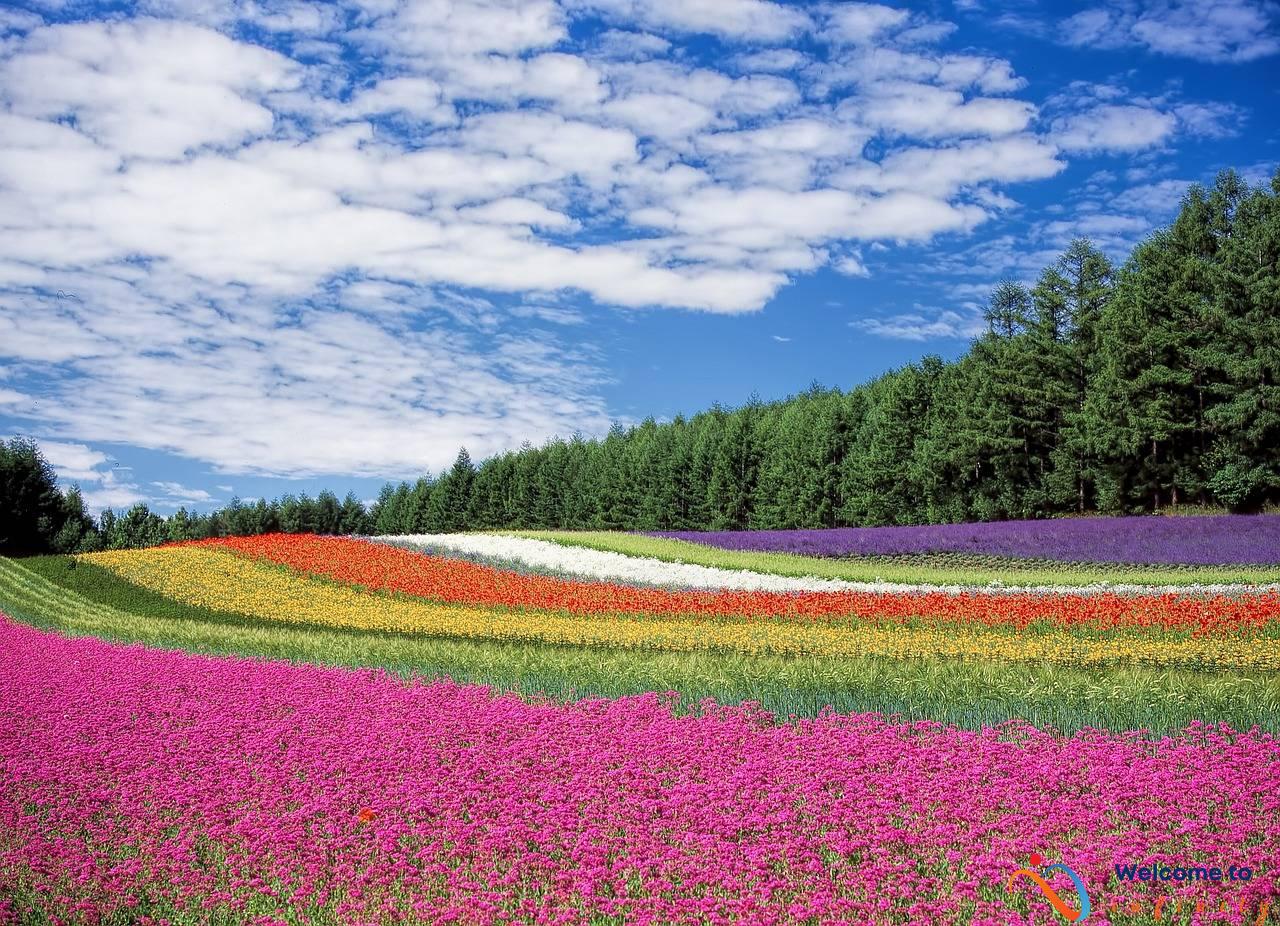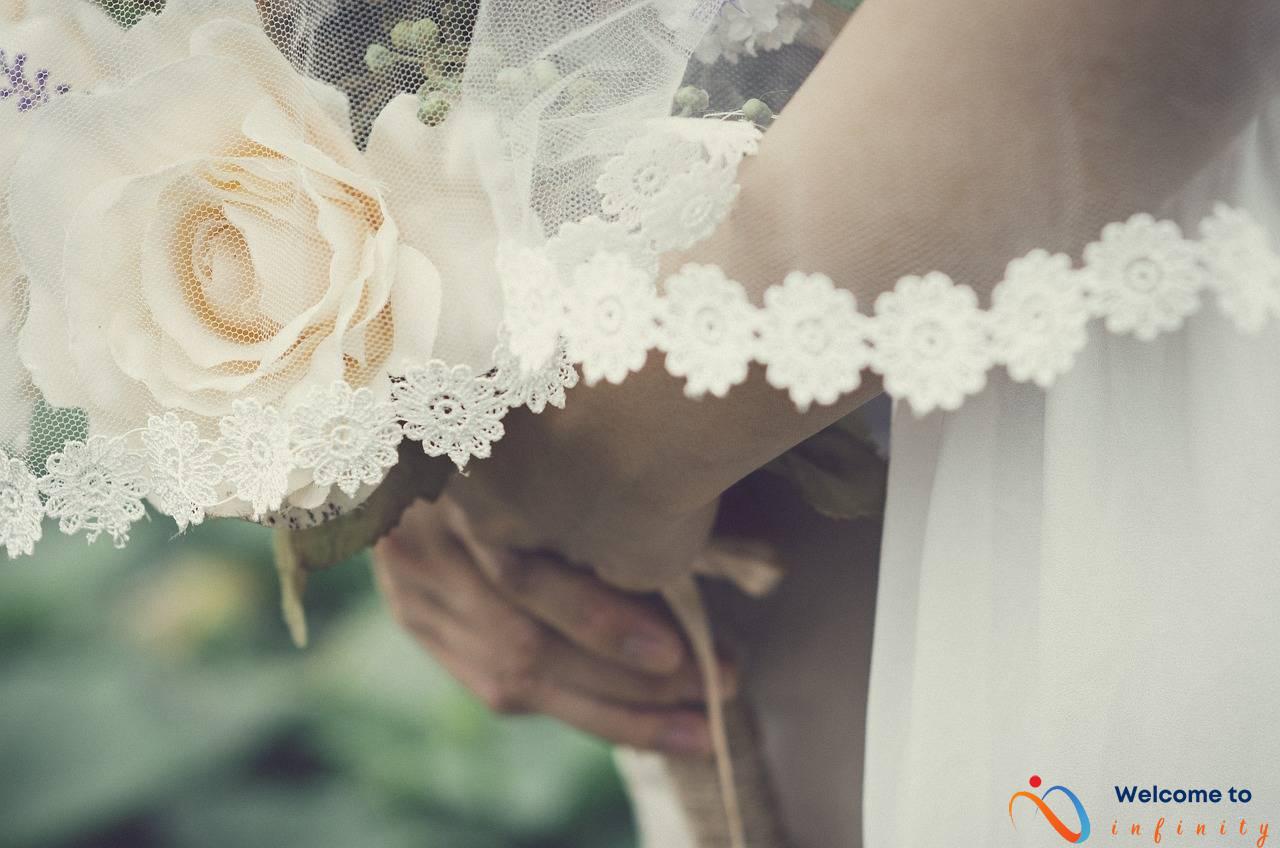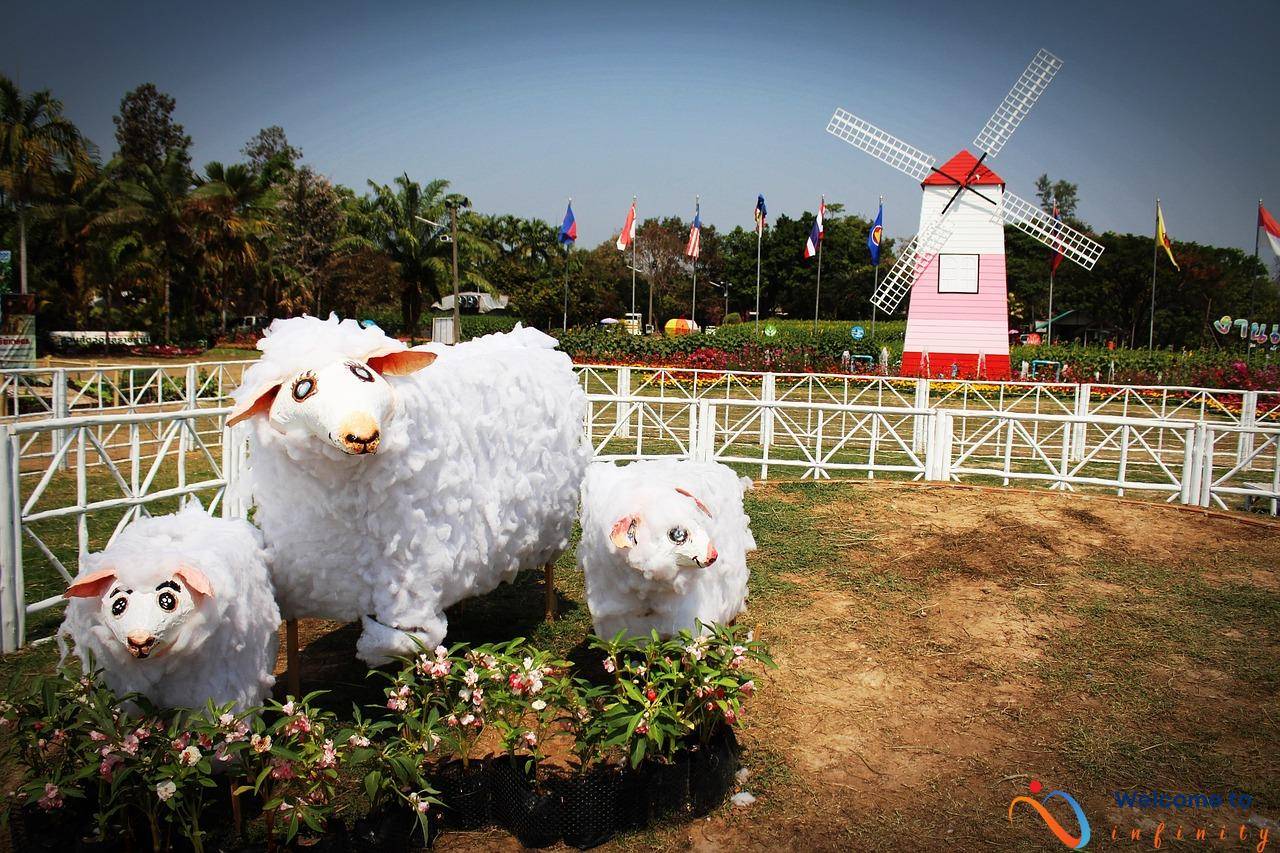Beauty is a concept that has been present in human societies since the earliest civilizations. However, the perception of beauty and the standards set for it have varied greatly across cultures and regions. This article delves into the diverse cultural perspectives on beauty, including the different standards and practices across various countries and regions.
The history of beauty is as old as the human civilization itself. From the ancient times of the Greeks to the modern-day era, the concept of beauty has always been diversified. Every culture has created its own definition of beauty, guiding its followers to follow distinctive rituals and trends to meet the set standards. The evolution of physical appearance and the inclusion of natural beauty have been a critical part of every culture's history.
Western countries have set worldwide beauty standards that promote slim figures, fair skin tone, and specific facial features. Practices like cosmetic surgery, regular exercise, and skincare routines are common beauty rituals for Westerners. Such standards and practices have influenced beauty trends in non-Western regions, but most have their own unique standards. African cultures typically emphasize their natural features such as dark complexions and hair. Many African women highlight their skills in braiding various styles, enhancing their beauty. Meanwhile, Asian cultures have different beliefs. K-beauty, for instance, is focused on nurturing and maintaining skin health, prioritizing hydration, and using minimal makeup which contrasts Western standards.
Despite globalization, traditional non-Western beauty standards and practices still hold significant meaning in their respective cultures. The Middle East is an excellent example of a region where beauty is tightly associated with modesty. Covering the head with a hijab (scarf) is commonplace, complimented by the use of traditional fragrances such as oud oil, musk, and amber. In contrast, traditional beauty practices for various Indigenous communities are heavily influenced by the natural resources around them, such as aloe vera, moringa, and argan oil, to name a few.
Cultural perspectives on beauty are not just limited to aesthetics. It also represents the power dynamic between cultures. Globalization has both negative and positive impacts on beauty standards and practices worldwide. On one hand, it has promoted cultural exchange, which has helped to foster greater understanding between regions. On the other, globalization has also perpetuated Western beauty standards and devalued traditional beauty practices in non-Western cultures. As cultural beliefs and ethos are different, it is important to preserve them for the enrichment of diverse cultures.
Historical background
The concept of beauty has been evolving throughout history and differs across cultures and regions. In ancient times, beauty was associated with physical strength, and the ideal man was characterized by a muscular and athletic build. In contrast, women were expected to have a curvaceous figure as a sign of fertility and beauty. In Medieval times, chastity and purity were emphasized, and pale skin was considered a sign of high social status and beauty.
During the Renaissance period, there was a shift in beauty standards with emphasis placed on symmetry, proportion, and an idealized form of human beauty. The Victorian era saw a return to the idea of natural beauty, with a focus on pale skin and a delicate build for women. In the 1920s, the concept of beauty evolved again, with the rise of the flapper culture and the ideal of a slender and boyish figure for women.
Across different cultures and regions, various beauty standards and practices have emerged. In some African cultures, traditional practices such as scarification and body painting are considered beautiful. In Asia, fair skin and larger eyes are highly prized, and the popularization of K-beauty has influenced beauty standards in other parts of the world. In the Middle East, the hijab and other modesty standards play a significant role in beauty practices.
The concept of beauty is continually evolving, influenced by societal trends, cultural norms, and historical perspectives. It is important to understand these varying cultural perspectives on beauty, as they can shape our ideas of what is ‘beautiful' and ‘desirable.'
Western beauty standards
In Western countries, the ideal physical features are often tall height, slim figure, clear skin, and symmetrical facial features. The beauty standard has been influenced by Hollywood celebrities, fashion models, and beauty influencers. The use of makeup, such as foundation, concealer, mascara, and lipstick, is also a common beauty ritual in Western cultures. In addition, grooming practices like hair coloring, waxing, and nail art are widely popular. The beauty industry is a huge market in the West, and it generates millions of dollars every year.
Western beauty standards have a significant impact on other regions as well. For instance, skin lightening or whitening products are popular in many Asian countries, which reflect the Western preference for fair skin. Additionally, plastic surgery, such as rhinoplasty and breast augmentation, is gaining popularity worldwide, particularly in countries heavily influenced by Western media. The Western beauty standards have created a global framework of beauty, which has led to a homogenization of beauty products and practices across different cultures.
However, the Western beauty standards have also been criticized for promoting unrealistic and unattainable beauty ideals, which can negatively impact one's self-esteem. The recent body positivity movement aims to counteract these damaging standards by promoting diverse body types and natural beauty. Furthermore, cultural appropriation is a serious issue that arises when Western cultures borrow traditional practices and claim them as their own. It is important to recognize and respect cultural differences in beauty practices and refrain from imposing Western beauty standards on other cultures.
African beauty standards
African culture is rich and diverse, and this extends to the beauty practices and standards across the continent. From intricate hair braiding and body painting to unique fashion accessories and jewelry, African beauty practices vary greatly among the different cultures. In some communities, facial scarification and body modifications are seen as an important aspect of beauty and identity. For example, in Ethiopia, the Mursi tribe women wear large lip plates as a sign of beauty.
In West Africa, colorful and bold clothing and headwraps are a popular fashion staple, with the fabrics often featuring intricate patterns and designs. In addition to clothing, hair is an important part of African beauty practices. In many communities, intricate and creative hairstyles are seen as a form of self-expression and pride. In Nigeria, for example, the Fulani braids are a popular and intricate style that can take hours to complete.
In some cases, beauty practices in Africa are associated with traditional religious practices. In Egypt, kohl eyeliner is commonly worn by both men and women as a form of protection against the evil eye. Similarly, henna tattoos are popular in many North African countries and are used for decorative body art during weddings and other celebrations.
Overall, African beauty practices are diverse and rich in meaning and symbolism. They showcase the unique cultural identities of different communities and highlight the importance of individuality and expression. The popularity of traditional African beauty practices has also influenced Western beauty standards, with elements such as braids and bold prints becoming more mainstream.
Asian beauty standards
Asia has a rich and diverse cultural heritage when it comes to beauty standards. Beauty is highly valued in Asian countries, and the ideal look tends to be more natural and youthful. Skin care is a big priority in Asian beauty routines, and many traditional Asian ingredients are used in their beauty rituals. Among the most popular beauty trends from Asia is the K-beauty trend, which has taken the world by storm.
The K-beauty trend emphasizes having healthy, glowing skin and uses a complex multi-step approach to skincare. Korean beauty products are well-known for their quality and effectiveness, and many people swear by their results. Aside from skincare, Asian beauty standards also prioritize having long, straight hair and small, delicate facial features.
Japan is known for its unique beauty standards, including the practice of “bihaku,” which involves having pale, translucent skin. In contrast, in Southeast Asia, there is a preference for tanned skin, which is often associated with a life spent outdoors. Other Asian countries like India, Pakistan, and Bangladesh have their own beauty standards, which can include the use of henna for body art and hair dye.
In conclusion, the beauty standards and practices in Asia are incredibly diverse and reflect the rich cultural heritage of the region. The popularity of the K-beauty trend has only further highlighted Asian beauty practices and has made them more accessible to people around the world.
Non-Western beauty standards
While Western beauty standards have been heavily marketed and promoted globally, non-Western cultures have their unique beauty standards and practices that differ greatly from Western beauty norms. The beauty practices of different cultures are linked to their history, traditions, and values.
For instance, in many African countries, traditional beauty practices revolve around natural, unprocessed hair and body products. Women in these cultures value dark skin tones, with some even using products to darken their skin to enhance their beauty. Women in India and the Middle East have been using henna for centuries to dye their hair and decorate their hands and feet. The beauty practices of indigenous cultures are also unique, with some tribes using tribal tattoos and body modifications as a form of beauty and identity expression.
The K-beauty trend has gained popularity in recent times, and it is an excellent example of non-Western beauty standards. The skincare practices of South Korea include a unique and comprehensive cleansing routine with multiple products. In East Asian cultures, fair and radiant skin is highly sought after, and skincare products often contain ingredients like snail mucin and bee venom.
Non-Western beauty practices often highlight the natural beauty of individuals, often rejecting the heavily processed and unrealistic beauty norms of the West. However, globalization and Westernization have had an impact on these practices, with some cultures opting for Western beauty practices instead of their traditional ones.
- Overall, non-Western beauty standards are diverse and unique, highlighting the beauty practices of different cultures and regions.
- The beauty practices of different cultures are linked to their unique history, traditions, and values.
- While Western beauty standards have been globally marketed and promoted, non-Western beauty practices reject the heavily processed and unrealistic beauty norms of the West.
- Globalization and Westernization have influenced non-Western beauty practices, with some cultures opting for Western beauty practices instead of their traditional ones.
Indigenous beauty standards
Indigenous cultures have a rich and diverse set of beauty standards and practices that reflect their unique values and traditions. For example, in some Native American tribes, facial tattoos were a mark of beauty and a rite of passage for young women. In Maori culture, tattoos, or ta moko, were used to signify one's social status and family lineage.
In many indigenous cultures, natural resources play a significant role in their beauty practices. For instance, the use of plant-based oils and clays have been used for centuries in African tribes to enhance skin and hair health. Similarly, in many South American tribes, red and achiote dyes were used to color the hair and skin.
Indigenous beauty practices are deeply intertwined with their spiritual beliefs and cultural identity. In many Mesoamerican cultures, the use of traditional face paint and body adornments were used to honor ancestors and connect with their spiritual heritage. Similarly, in many Pacific Islander cultures, intricate tattoo designs served as a symbol of one's cultural identity and pride.
In contrast to Western beauty standards, which often prioritize a thin and Eurocentric aesthetic, indigenous beauty standards celebrate diverse body types and features. In many indigenous cultures, curves and fuller figures are viewed as signs of fertility and health.
Overall, indigenous beauty standards and practices offer a refreshing alternative to mainstream beauty norms. They reflect a deep connection to nature, tradition, and spirituality, and encourage us to embrace diversity and celebrate our unique cultural heritage.
Middle Eastern beauty standards
Middle Eastern beauty standards are heavily influenced by religious and cultural beliefs. One of the most well-known practices is wearing the hijab, a headscarf worn by Muslim women. The hijab serves as a symbol of modesty, privacy, and religious identity. In addition to the hijab, many Middle Eastern women also cover their bodies with traditional clothing, such as the abaya or the burqa.
In terms of makeup and beauty practices, Middle Eastern women often focus on enhancing their eyes. Kohl eyeliner and dramatic eye makeup are popular among Arab women and have been used for centuries. Henna is also commonly used to dye hair and hands. The use of fragrances is also an important aspect of Middle Eastern beauty, with many women using oils and perfumes for their hair and body.
However, it is important to note that beauty standards and practices in the Middle East vary greatly depending on the country or region. For example, in Iran, many women opt for a more natural look and do not wear the hijab, while in Saudi Arabia, the abaya and hijab are mandatory for women in public.
Despite the cultural significance of traditional beauty practices, many Middle Eastern women also incorporate modern beauty trends into their routines. This includes using skincare products and makeup brands popular in the West.
Ultimately, the beauty standards and practices in the Middle East reflect the rich cultural heritage of the region, with traditions that have been passed down through generations.
The effects of globalization
Globalization has had a profound impact on beauty standards and practices across cultures. On the positive side, globalization has facilitated the exchange and dissemination of beauty trends and practices across cultures. This has led to greater diversity and appreciation for different cultures and their beauty traditions. For instance, the popularity of Korean beauty (K-beauty) in Western countries has led to increased awareness and appreciation for Asian beauty standards and practices.
However, globalization has also perpetuated Western beauty standards and undermined the preservation of traditional beauty practices in non-Western cultures. Many traditional beauty practices are being erased or ignored in the face of Western cultural hegemony. For example, the use of skin lightening products is increasingly popular in many non-Western countries as a result of the promotion of Western beauty standards. This not only perpetuates harmful colorism but also erodes traditional beauty practices and standards.
Furthermore, globalization has also made it difficult for local beauty industries to compete with global beauty conglomerates. As a result, local beauty products and practices are often undervalued and ignored in the face of global beauty trends. This not only harms the local economy but also deprives consumers of access to diverse and unique beauty products and practices.
In conclusion, while globalization has brought about positive changes in the beauty industry, it has also perpetuated Western beauty standards and undermined traditional beauty practices in non-Western cultures. It is essential to recognize and appreciate the diversity of beauty standards and practices across cultures and support the preservation of traditional beauty practices while fostering cultural exchange and diversity.
Positive effects
Globalization has had a tremendous impact on the beauty industry, leading to a greater awareness and appreciation of diverse beauty standards and practices across cultures. As a result of globalization, beauty companies and brands have expanded their reach across borders, bringing products and innovations from different parts of the world to consumers worldwide.
One positive effect of globalization is the growing cultural exchange that has taken place in the beauty industry. The cross-cultural exchange of beauty practices has led to rich and varied beauty movements, like the Korean skincare trend that has taken the world by storm. Additionally, there has been an increase in the usage of traditional beauty practices, like Ayurveda, a holistic wellness practice in India.
Moreover, the spreading of diverse beauty practices has added a new dimension to the notion of beauty. Traditionally, beauty has been associated with restrictive Western beauty standards. However, the global beauty industry is now providing a platform for underrepresented beauty standards. This has led to a growing acceptance and appreciation of diverse beauty standards and now we see more women of all ages, skin tones, and body types represented in advertising and media.
Another positive effect of globalization on beauty standards is the increased awareness of the environmental and ethical impact of the beauty industry. Consumers around the world are calling for more eco-friendly and ethical products, and beauty companies are responding by developing more sustainable beauty products.
In conclusion, globalization has brought about a tremendous impact on the beauty industry, fostering cross-cultural exchange, and increasing awareness of diverse beauty standards and practices. It has created positive effects like the acceptance of diverse beauty standards, the usage of traditional beauty practices, increased awareness of environmental and ethical impact of beauty, and more women representation in media and advertising.
Negative effects
Globalization has undoubtedly revolutionized the beauty industry, but it has also created negative impacts on the preservation of traditional beauty practices in non-Western cultures. The widespread influence of Western beauty standards has overshadowed and marginalized indigenous beauty practices, which are often considered archaic and outdated. As a result, non-Western beauty rituals and practices are rapidly disappearing, and younger generations are resorting to Westernized beauty products and treatments.
The globalization of the beauty industry has enabled Western cosmetics companies to dominate the non-Western market, creating a monopoly on what is considered “beauty” and, in turn, marginalizing traditional beauty standards. Many non-Western nations have succumbed to the pressure of Western beauty standards, leading to the eradication of various traditional beauty practices. For instance, in China, foot-binding was once considered a crucial element of female beauty, but it has now been replaced by Western beauty standards. Similarly, in India, facial piercing and tattooing were once considered beautiful, but these traditions are now on the verge of extinction.
Moreover, globalization has given rise to the perfect body ideal, where thinness and fairness are considered benchmarks of beauty. This trend has impacted non-Western cultures, where curvy and dark-skinned bodies were once considered attractive. The effects of this trend have been particularly visible in Africa, where bleaching creams and other Western beauty products have become increasingly popular, leading to numerous health risks.
In conclusion, globalization has created inadvertent and negative consequences on non-Western beauty practices and traditions. The Westernized beauty industry has perpetuated Western beauty standards at the expense of indigenous beauty practices, which are rapidly disappearing. The impact of globalization on non-Western beauty standards should not be ignored, and it is vital to recognize the importance of diversity in beauty.









